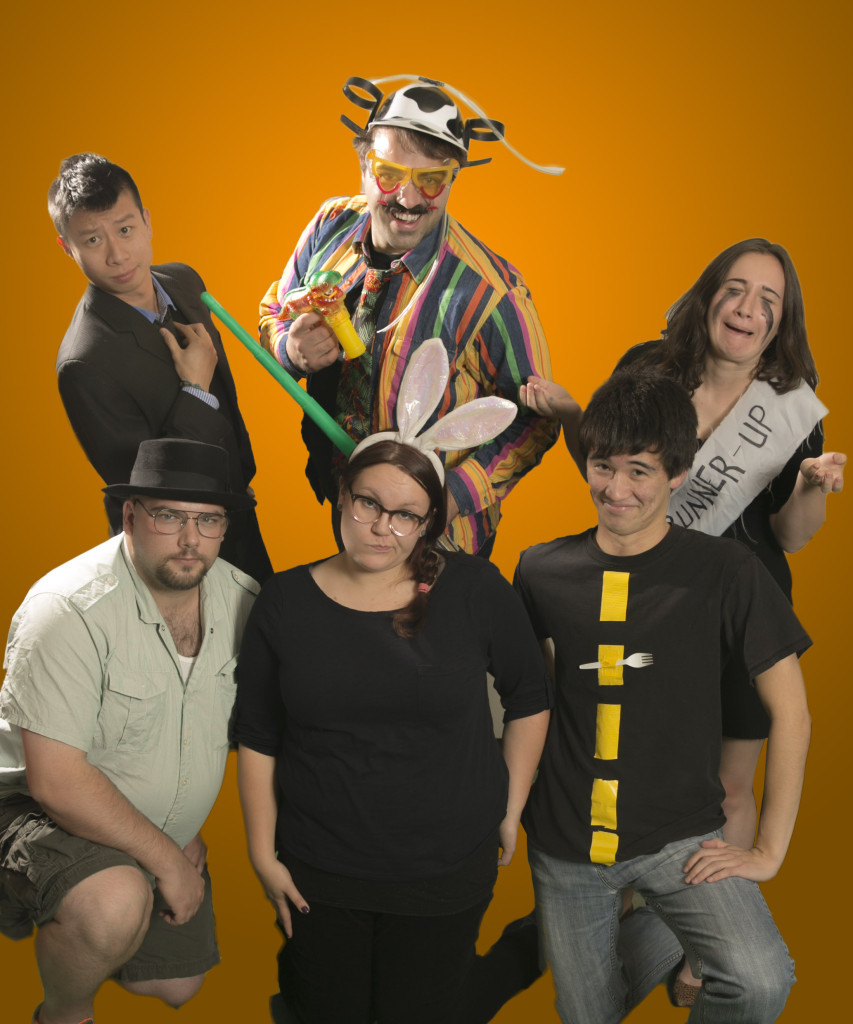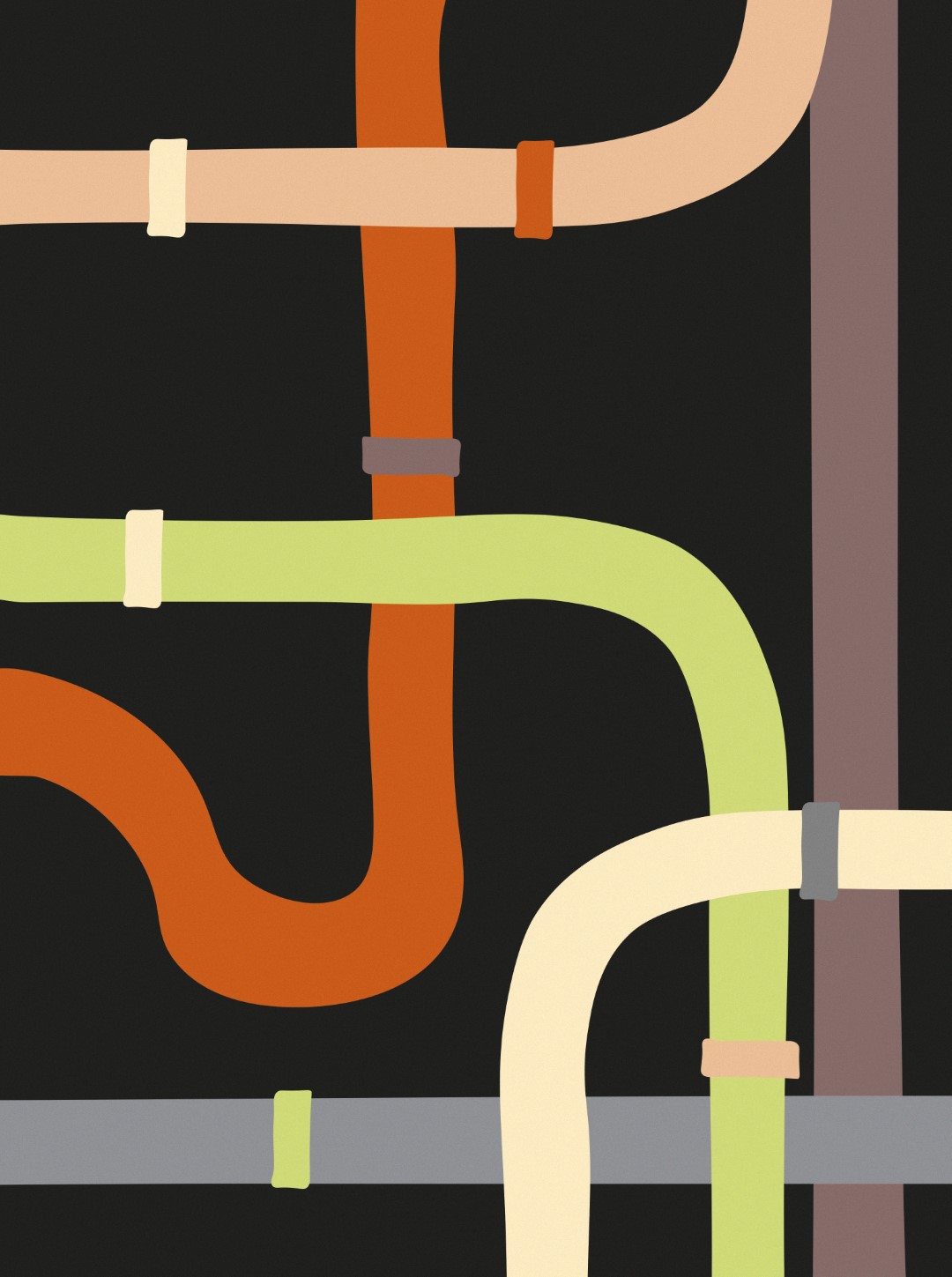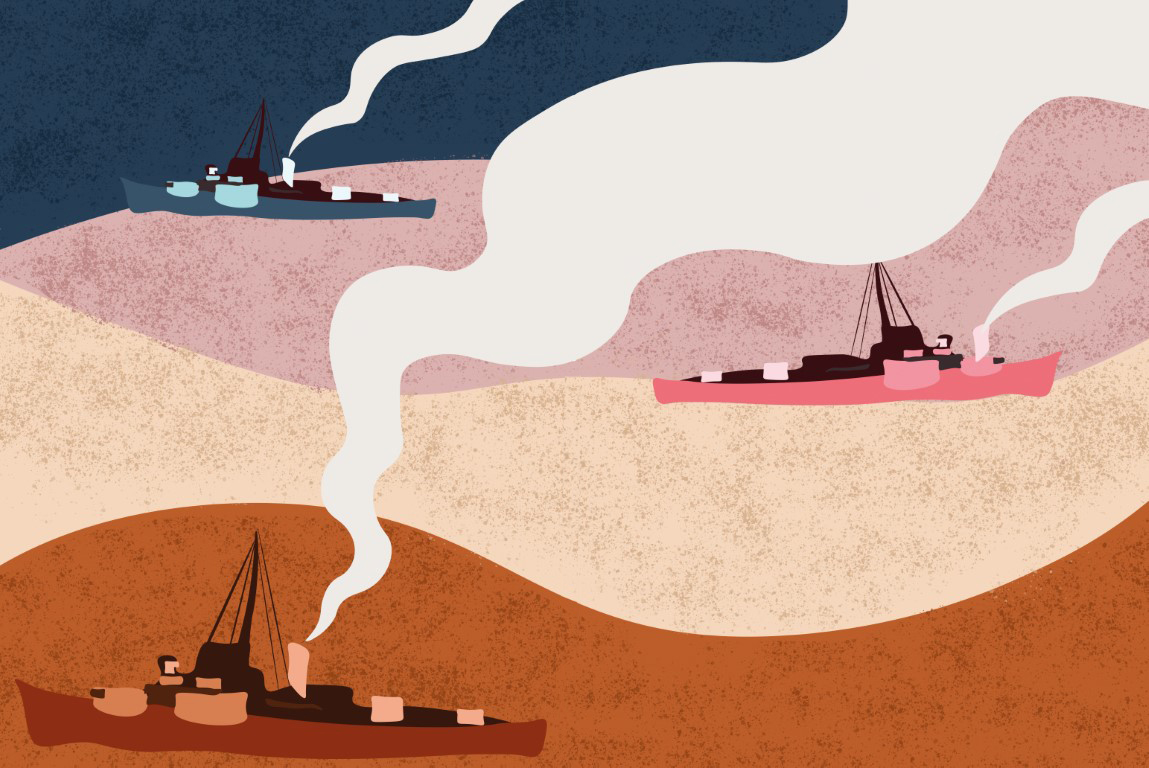Coffee, colas, and collective cafe chains
By Cazzy Lewchuk, Staff Writer
Students are among the most frequent—and at times, excessive—users of caffeine. An average class is full of cups of delicious drinks providing students the energy they need to get through the day, no matter what time it is. Caffeinated beverages are even more prevalent during the winter months now, as a new semester begins. Though the ritual of sipping a morning coffee or a can of Monster during a three-hour evening lecture is a routine and mostly harmless for most students, it’s important to be aware of the side-effects.
Overconsumption of caffeine can lead to crashes, exhaustion, general panic or nausea, and a ruined sleep schedule. While caffeine often leads to better focus and productivity, it’s quite easy to overindulge and be left with a disorganized and unfocussed state of mind. Many of us can relate to the feeling of being so over-caffeinated that we didn’t know what to do or how to react. With every student having a different level of tolerance and there being a varying amount of caffeine in drinks, having just the right amount can be difficult. For some, a mug of green tea is plenty to get them through the morning. For others— particularly addicted users—nothing less than two big cans of Red Bull is sufficient. It’s all about using the proper dosage.
Tea is the least potent of caffeinated beverages. A six-ounce cup of tea contains from 30 to 90 milligrams of caffeine, according to HopkinsMedicine.org. Herbal teas (usually the kinds with a special flavour) generally contain less than 15 milligrams—not a significant amount to give any kind of buzz. Green and traditional teas are where the caffeine takes hold.
Although 30 to 90 milligrams is not a lot, many teas served contain more than one serving. A tall drink at Starbucks contains 12 ounces, a grande 16, and a venti 20—meaning a large serving of green tea at Starbucks contains around 140 milligrams of caffeine. For most people who don’t have caffeine every day, this serving is more than enough to keep them active and get through what needs to be done.
Next comes coffee, the most popular and accessible of the caffeinated beverages. The milligram dosage in this drink varies significantly depending on the type of coffee. The difference between instant, home-brewed, take-out, and premium coffee can mean up to double the normal dosage. Generally, an eight-ounce. cup of coffee contains at least 100 milligrams of caffeine—three times the amount of a similarly sized cup of tea. This means an extra large double-double at Tim Hortons or McDonald’s contains between 300 and 350 milligrams of caffeine. The number is even higher for a coffee this size at Starbucks or any other premium coffee chain.
Espresso, a concoction produced through a process involving hot water and coffee beans, is widely known for its higher caffeine content and strong flavour—there’s a reason it comes in shots and not cups. But in fact, a shot of espresso is a single ounce—which only contains about 40 milligrams of caffeine. A double espresso from Starbucks actually only contains 80 milligrams of caffeine—much less than a 16-ounce grande coffee. However, this dosage hits the body all at once instead of being absorbed slowly as a drink is drunk—hence a different feeling.
Finally there are the carbonated caffeinated drinks which include colas and energy drinks. A standard can of Coke contains only 35 milligrams, even less than a cup of green tea. However, the servings of soft drinks at places like a movie theatre or an unlimited refill restaurant can multiply this amount many times. Still, for an occasional caffeine user, a can of Coke might be just the convenient boost needed.
Energy drinks, which explicitly exist for their caffeine content, should be carefully monitored.. A small 250-millilitre can of Red Bull has 80 milligrams of caffeine—still slightly less than a cup of coffee. A larger 473-millilitre can of Monster has 160 milligrams of caffeine. The amounts may surprise some people, as it’s far easier to get a high caffeine dosage from a coffee shop than from an energy drink. It’s part of why seeing students drink more coffee than energy drinks is not uncommon.
There are of course other ways to consume caffeine. Many pharmacies or supplement stores sell caffeine pills (each pill usually has 100 or 200 milligrams) and even some candies or gums contain caffeine. It’s very important to be aware of your limits and how much you’re consuming when getting caffeinated. Most products have the caffeine amount listed either on the label, or can be researched online. Research and responsibility go a long way to have the best experience with this wonderful stimulating drug.



